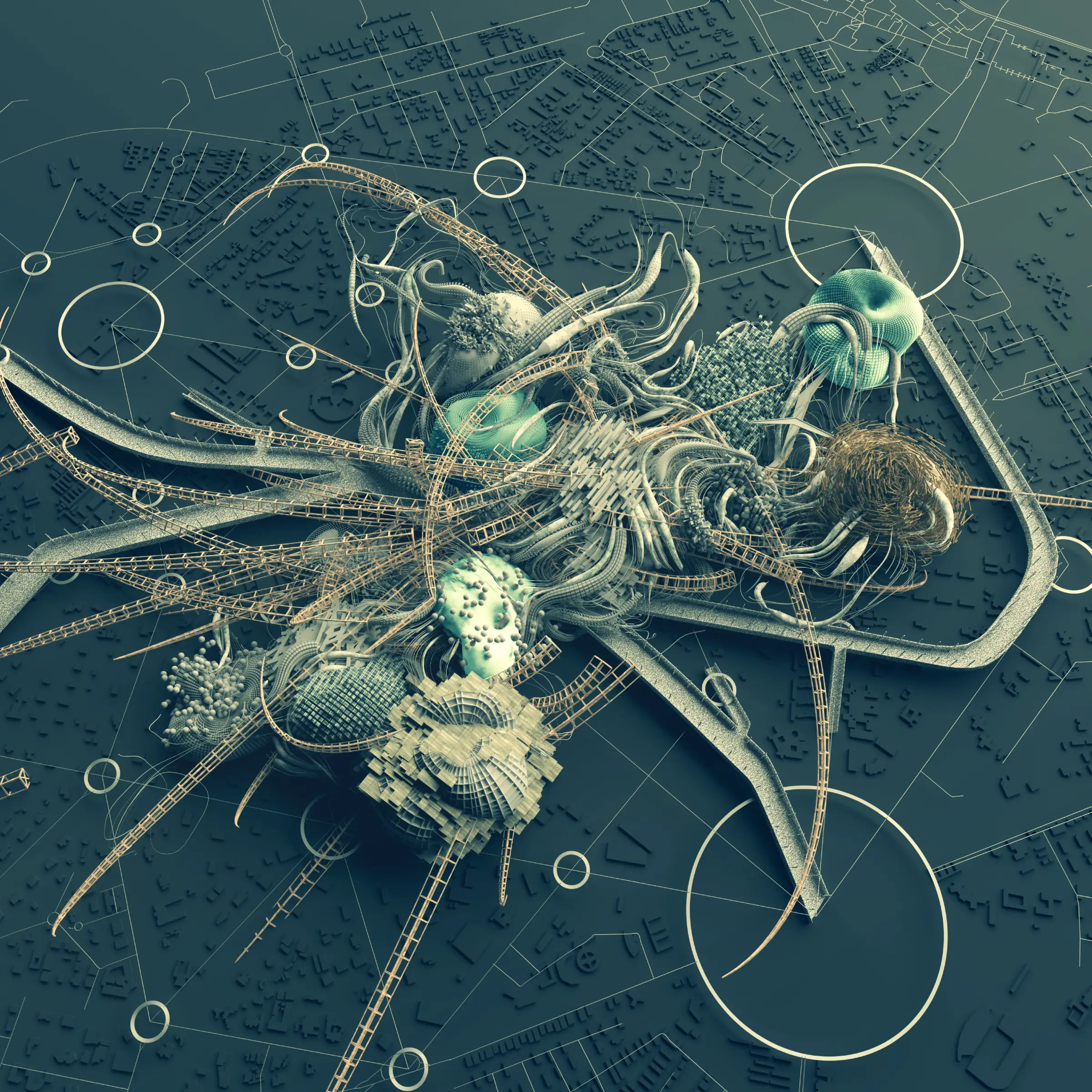Emergent Ecologies

My architectural thesis focuses on creating a tool/methodology to help designers simulate the behaviour of a demographic and use the resulting visual feedback to inform their spatial planning and design.
Behaviour
The primary challenge is how we can assign behaviour to particles. Behaviour is qualitative and must be translated to quantitative measures through abstraction. I chose to use attraction and repulsion between different types of particles (demographics) and artefacts in an environment. I would consider this a bottom-up approach that leads to unpredictable results that we simply cannot plan for. Conway's "Game of Life" is a mathematical example that shows just how complex interactions can get, even with primitive behaviours.






Simulation
This phase of the thesis tested how to apply behaviour to particles and how to map interactions. Dense clusters occurred within areas of overlap, highlighting areas suited for commercial and mixed-use. The interactions were mapped using particle tails, showing where the particle had travelled over time. The mapped geometry can then be used by designers to understand how to optimise spatial design through visual feedback.








Geometry
I chose to use the refined methodology for the final phase of my thesis. I chose a section of Mumbai, India for my redesign and simulated the various people and existing environment to understand how I could best plan my redesign. The mapped data was used to manually place geometry into the scene based on density and oberserable patterns, leading to my final solution. I chose to use abstract geometries to take the emphasis away from the architectural design, and instead highlight the method and it's potential for spatial planning.








